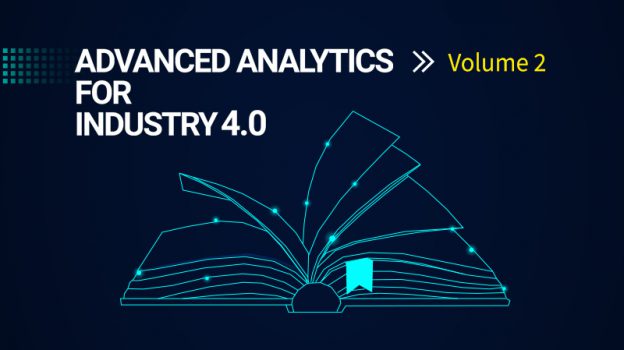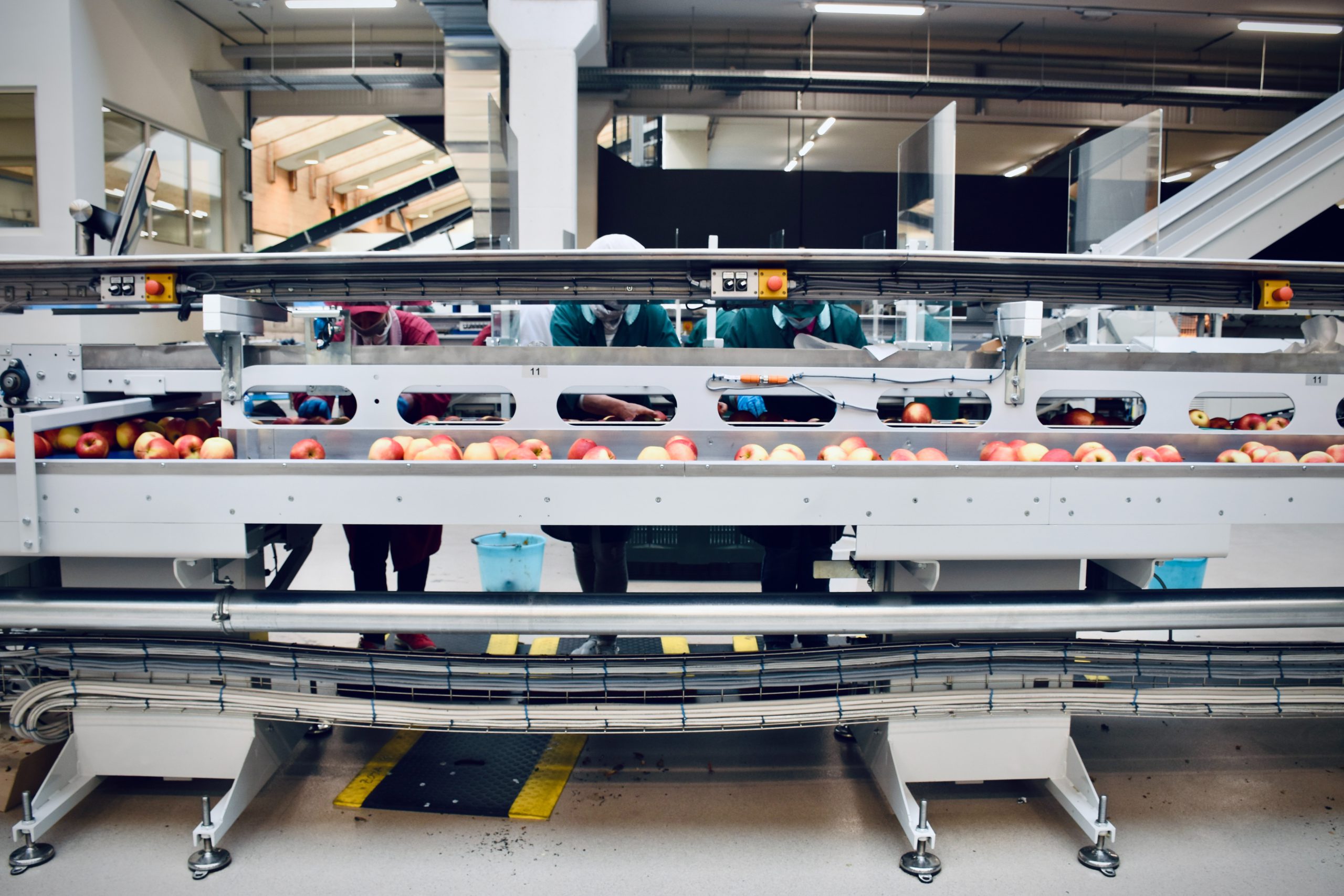
Robotic Process Automation (RPA) is going into a “maturity market.” The leading vendor providers surpassed billion dollars in the evaluation, and the research they are launching these days on the market will change again radically the business landscape. It can be seen already what is coming next to RPA: intelligent optical character recognition (IOCR), chat-bots, machine learning, Big Data analytics, cognitive platforms, anomaly detection, pattern analysis, voice recognition, data classification, and many more. As a result, the top vendors developed partnerships with the primary leading artificial intelligence providers, such as IBM Watson, Microsoft Artificial Intelligence, Microsoft Cognitive Services, BlockChain, Google, etc. On the business part, the consulting companies implementing the RPA solution are moving from developing Proofs-of-Concept (POCs) and Pilots to helping clients with RAP global roll-outs and developing Centre of Excellences (CoE). As a result, the experiences gathered so far on this kind of project will also be tackled in this chapter. This chapter will also present some data related to automation for different business areas (e.g., Accounts Payable, Accounts Receivable, etc.) and how an assessment can be done correctly to decide if a process can be automatized and, if yes, up to which extent (i.e., percent).
Moreover, the chapter will provide how now the RPA is integrated with Artificial Intelligence and Cloud, interpret data, and what savings these technologies can bring to the organizations. All the services mentioned above made RPA a potent tool. A process that was mainly not recommended for automation or was partially automated can be now fully automated with more advantages, such as money, non-FTE savings, and fulfillment time.
Chapter Content







